Entitled Solchi, the exhibition that, from July 20 to September 15, 2024, at the Museo Civico della Stampa in Mondovì (Cuneo), presents the work of Federica Galli (Soresina, 1932 - Milan, 2009), whose landscape engravings were among the pinnacles of Italian engraving art in the second half of the 20th century. The event is organized by Noau | Officina Culturale in collaboration with the Federica Galli Foundation of Milan. The opening will be introduced on July 20 starting at 11 a.m. by a presentation by Lorenza Salamon, director of the Foundation, in dialogue with engraver Oscar Giachino. The opening event will continue with an animated guided tour dedicated to children, at 2 p.m. (cost of participation €7), and the engraving workshop at 3 p.m. (cost €10, or €15 for the combination of both participations). A subsequent engraving workshop will be held en plein air with Oscar Giachino on August 18.
Federica Galli is one of the most important exponents ofItalian printmaking. The works on display, which cover a period of more than 20 years (from 1974 to 1997), offer the public an opportunity to explore the artist’s main themes, with a particular focus on Piedmontese subjects. Federica Galli’s etchings interpreted landscape, a central aspect of all her work, with a poetic and revealing gaze. Technical skill allowed the artist to represent environmental conditions that are hostile to etchers, such as snow, fog, and night. Elements that belong to the natural world, whether man-made or not, are the subjects that Galli uses to give the viewer an unprecedented look at beauty and the sense of the divine that permeates it. Greatly absent from the artist’s compositions is man, never portrayed within the landscape; of them, however, one senses a kind of presence in absentia. “Furrows,” then, are both those traced by Federica Galli to represent the landscape and those impressed by it in the sensibility of the engraver to reach the final observer in a clear and luminous manner.
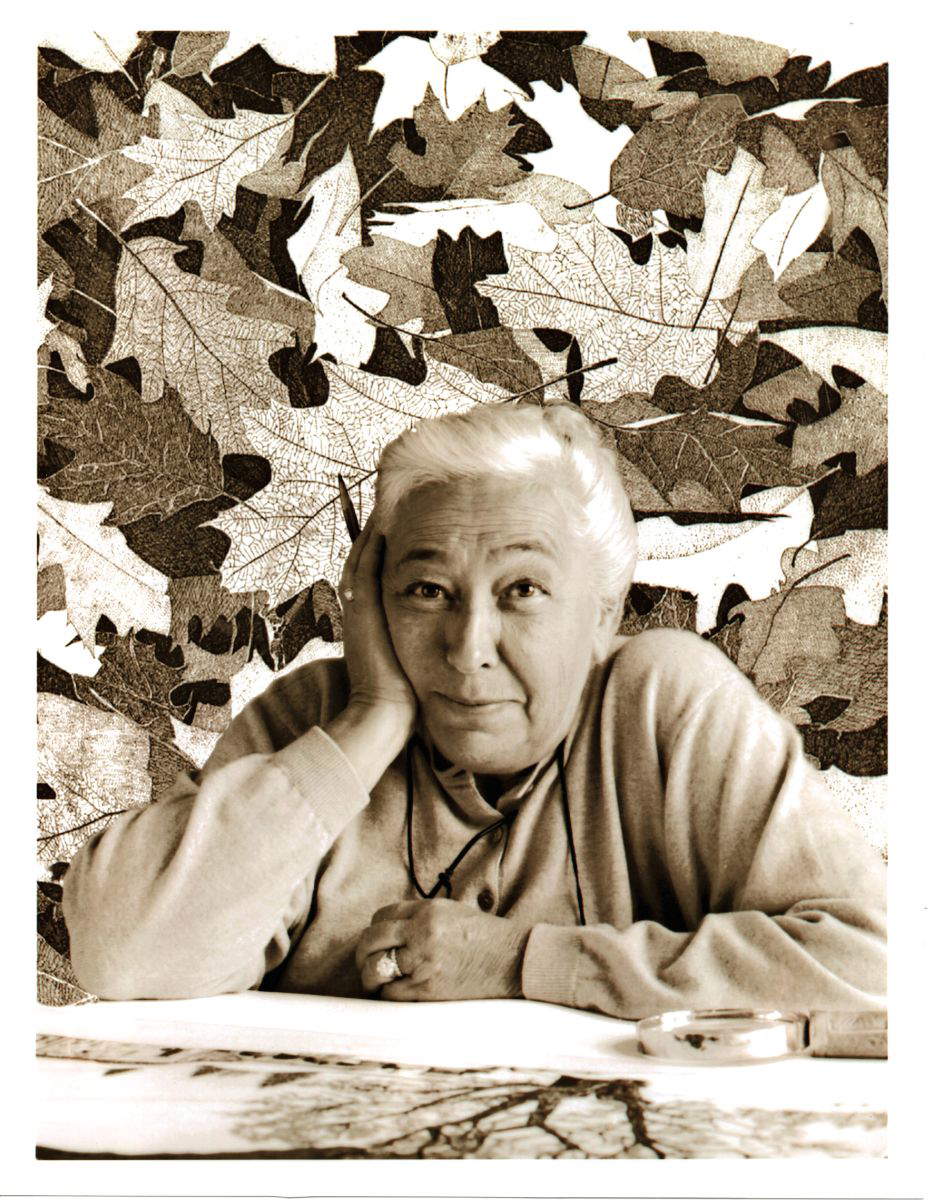

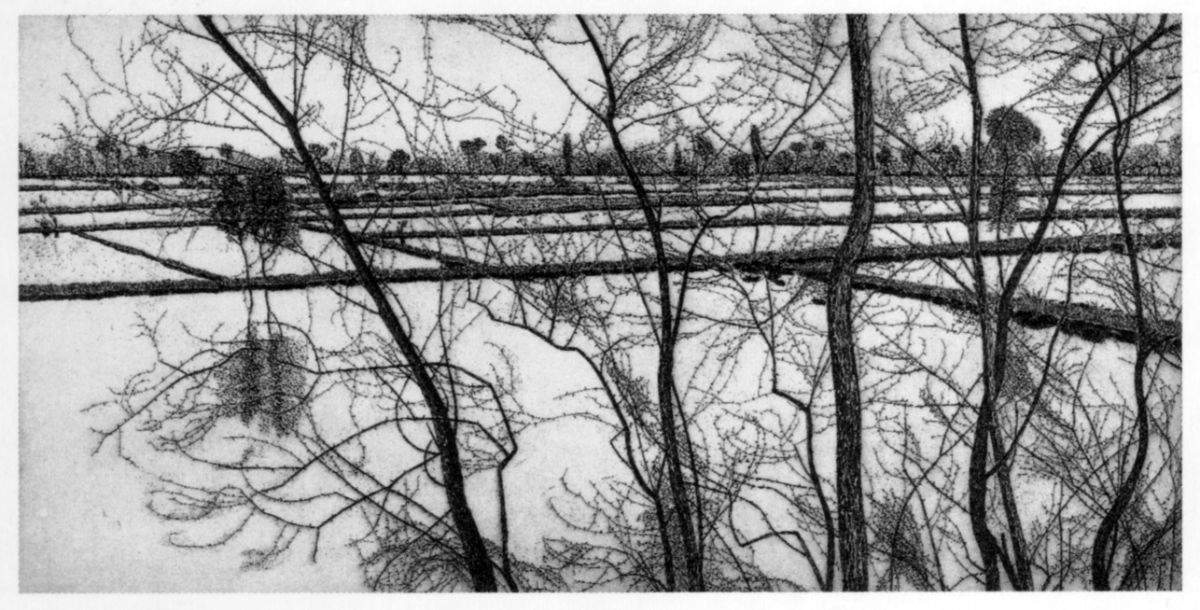
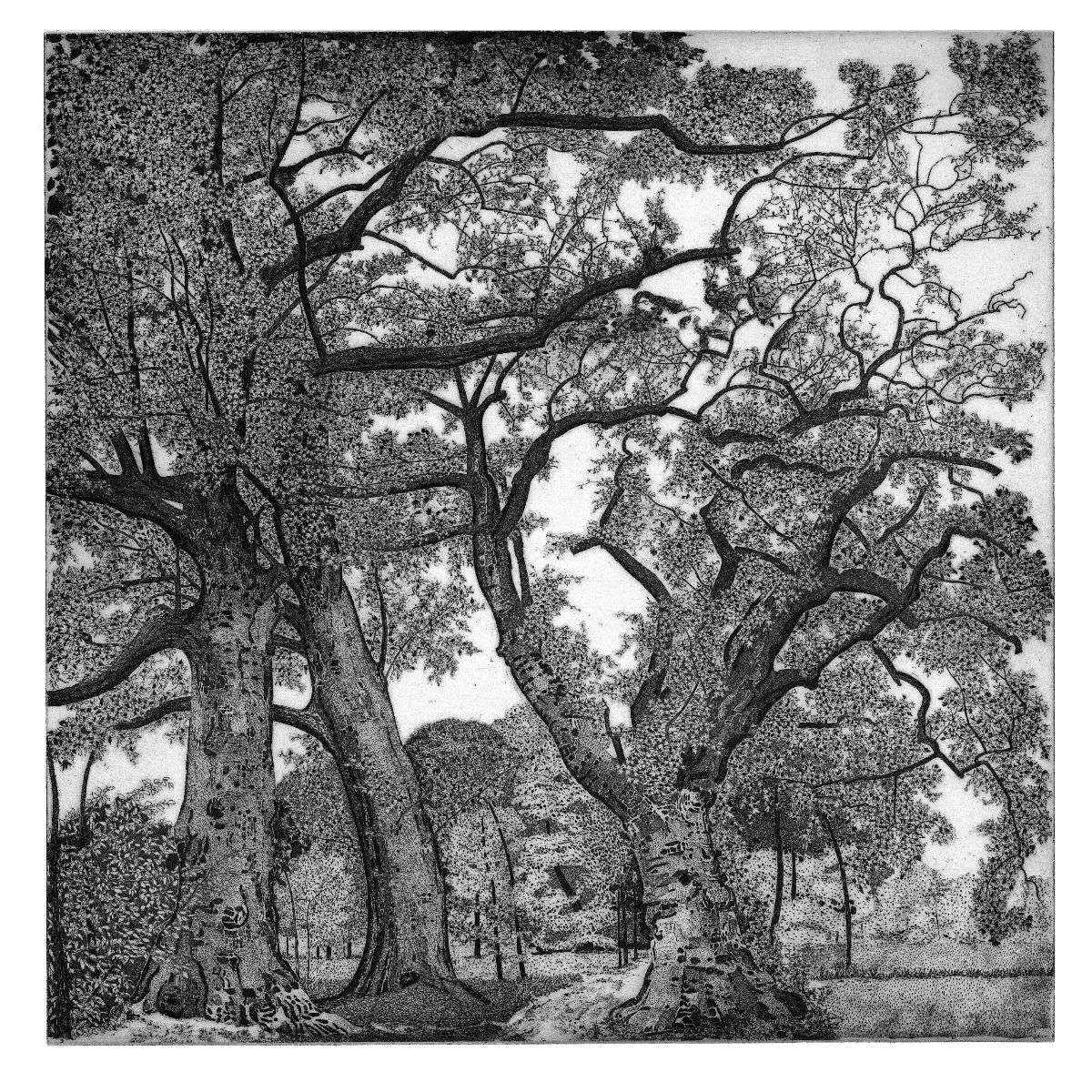
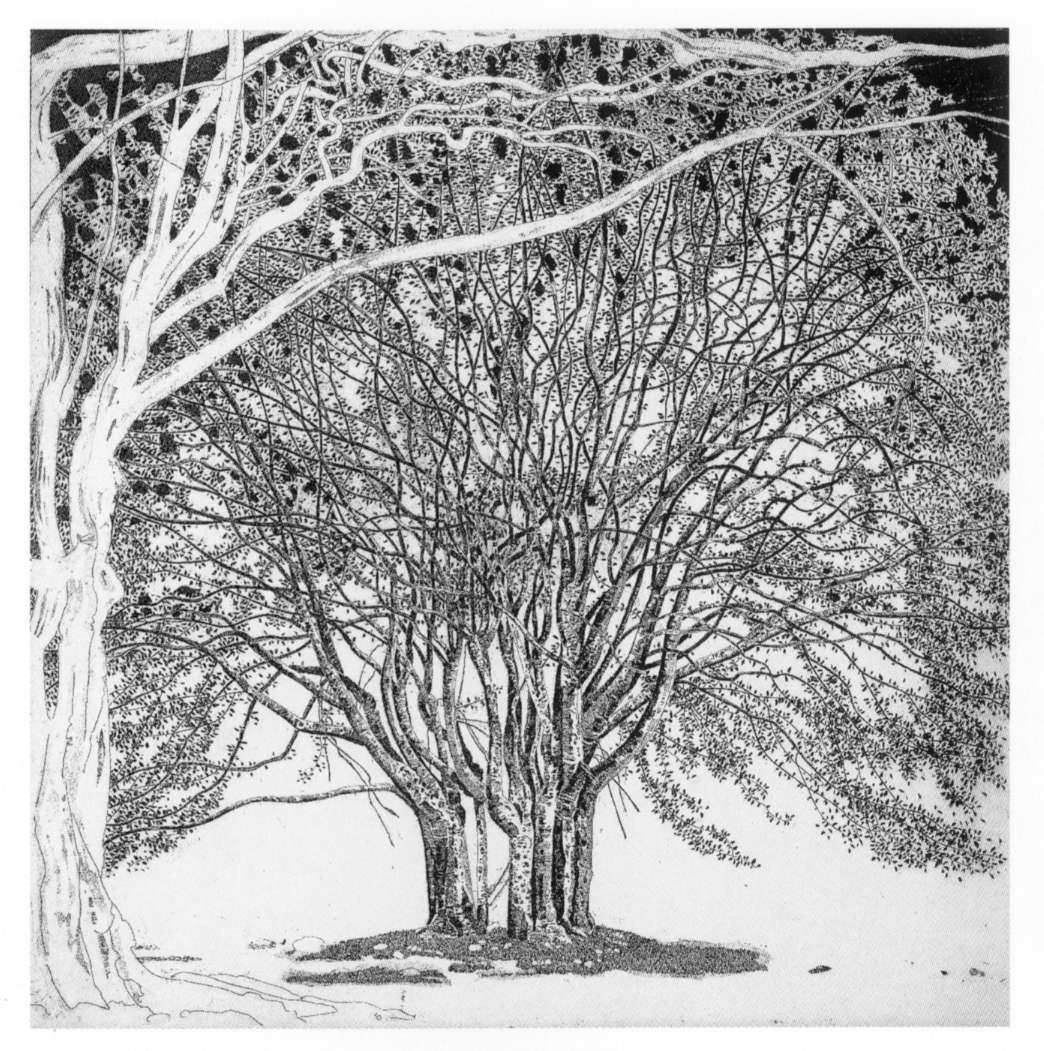
Federica Galli attended the Brera Academy of Fine Arts in 1950. From her first solo exhibitions - 1960 the first in Milan -, Federica Galli’s work attracted the approval of both the public and the critics. Within a few years she counts among her supporters the most influential critics of the time: Franco Russoli, Mario de Micheli, Giovanni Testori - who will follow her until his own death - Mina Gregori, Gian Alberto dell’Acqua, Roberto Tassi, Renzo Zorzi, Carlo Bo, Daniel Berger (Metropolitan Museum of New York), Gina Lagorio, Giuseppe and Francesco Frangi, Marco Fragonara, Giorgio Soavi, David Landau (Oxford University). She obtains the greatest institutional recognition ever for a contemporary artist: she is the first living artist invited to exhibit at the Cini Foundation in Venice (1987, with the collection dedicated to the lagoon city); she also exhibits at the Museo Civico di Palazzo Te in Mantua (1987); at the Castello Sforzesco in Milan (1988); in the Imperial Archives of the Forbidden City, Wag Fung Gallery (1995).
It counts among its collectors men and women of culture, Italian and foreign, who are also known for their cultured passion for graphic art. The best known: Dino Buzzati, Leonardo Sciascia, Francois Mitterand. Federica Galli has 325 exhibitions between 1958 and 2008, in Italy and abroad. Abroad, she exhibits in: Johannesburg, Cape Town, Cairo, Bogota, Coria, Split, Barranquilla, Cartagena, Guatemala City, Montreal, Lugano, Santa Marta, Flims Waldhaus, Flüelen, Bensheim, Paris, Belgrade, Zagreb, Dubrovnik, Basel-Riehen, London, Singapore, Seoul, Kuala Lampur, Beijing, Athens. The Federica Galli Foundation, established on July 17, 2009, in Milan aims to keep alive the name and activities of the artist who has marked the history of Italian art for the past fifty years. Leading the board is Lorenza Salamon with Flavio Arensi (critic), Ivana Iotta (former director Museo Civico Cremona), Franco Grechi and Alberto Galli.
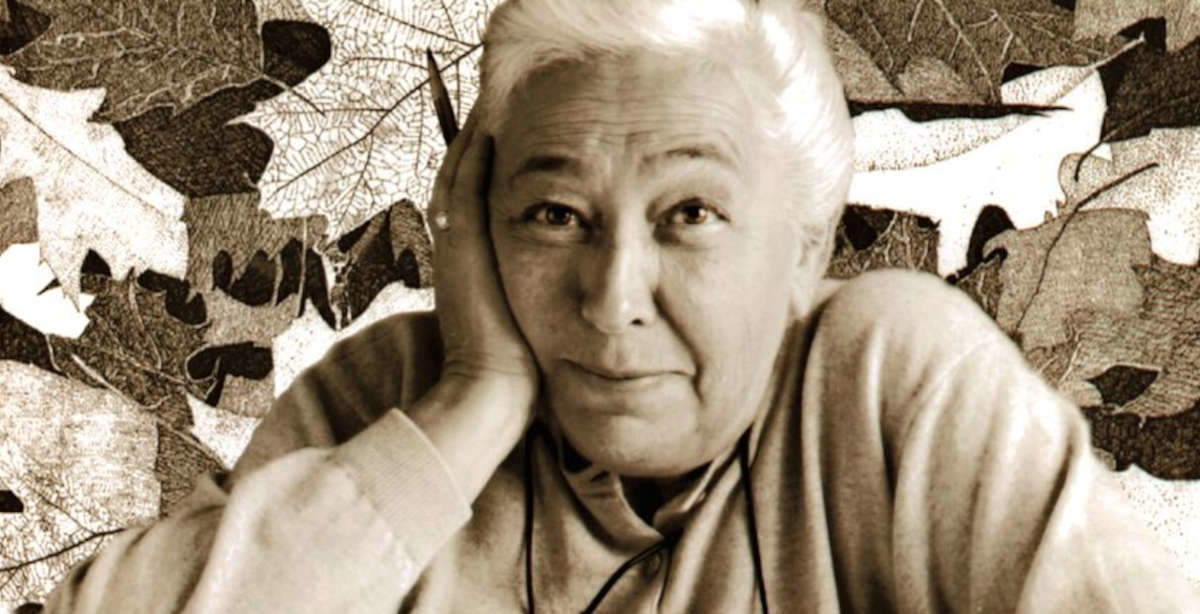 |
| An exhibition delves into the work of Federica Galli, a great master of printmaking |
Warning: the translation into English of the original Italian article was created using automatic tools. We undertake to review all articles, but we do not guarantee the total absence of inaccuracies in the translation due to the program. You can find the original by clicking on the ITA button. If you find any mistake,please contact us.